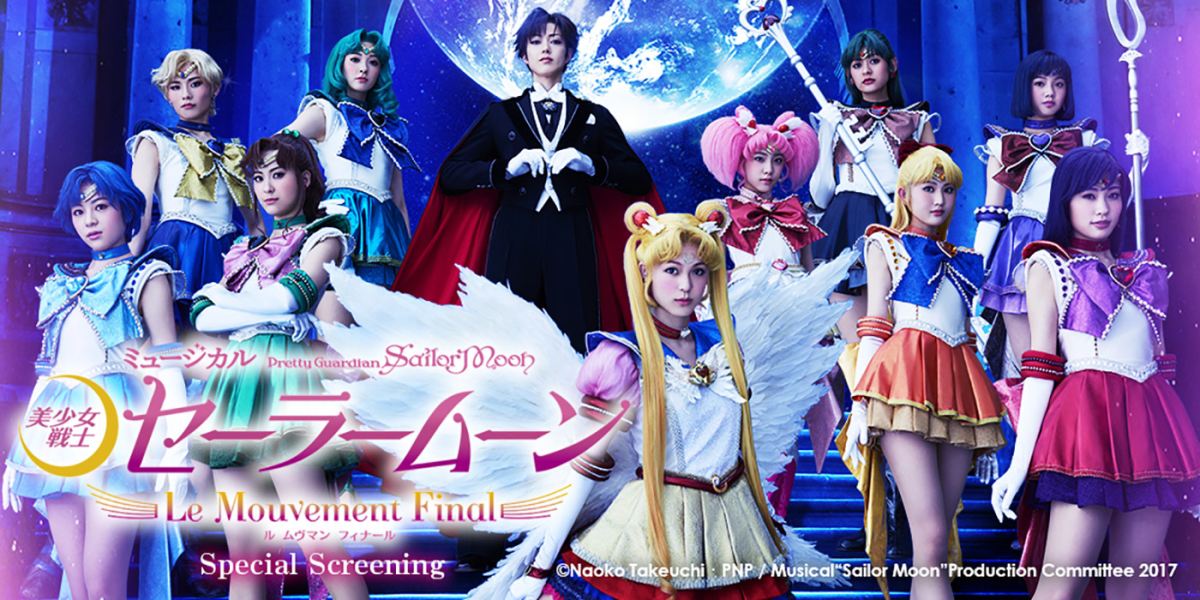Hey all! Sorry for the lack of a post last week. I had an extremely busy weekend and no time to write, or even watch anime. Anyways, for those who don’t know, this upcoming weekend is Hawaii’s very own anime convention, Kawaii Kon!
Every year, thousands of attendees, both local and out-of-state, visit the Hawai’i Convention Center to share in their love and enjoyment of the Japanese anime and manga culture. Usually I would be setting up a table to sell my artwork, but this year I’ll be just a regular attendee. Well, not so regular, as I will be making an effort to write a report for each day.
The boss asked me to write about 3 events or activities I’m excited to attend, so I’ll do just that.
How to Draw with Voice Actors
3-4 p.m. Friday, Ballroom B

As something of an artist myself, this event really caught my eye. I’ve always been stuck behind a table for many of my previous conventions, so I could never attend events like these. I really wanna see if my favorite English voice actors can draw the characters they voice, and hopefully there will be an opportunity to request a character for them to draw!
Meeting Cristina Vee
Panels:
Cristina Vee Q&A
11 a.m.-noon Friday, room 315
How to Draw With Voice Actors
3-4 p.m. Friday, Ballroom B
Women of Animation
1:15-2:15 p.m. Saturday, Ballroom B
Ask an Anime Character
Noon-1 p.m. Sunday, Ballroom B
Autographs:
2:45-5:15 p.m. Saturday and 1:30-3 p.m. Sunday
3-4 p.m. Friday, Ballroom B
1:15-2:15 p.m. Saturday, Ballroom B

Cristina Vee is by far one of my favorite English voice actresses to date, playing roles like Noel Vermillion (Blazblue series), Sakura Matou (Fate series), and Homura Akemi (Puella Magi Madoka Magica). I have been requesting her appearance for years now, and it’s so nice to see my request coming true. I can’t wait to get my Blazblue merchandise signed, and hopefully I’ll be able to draw her a little something as a gift for all her hard work!
The Cardboard Mega Brawl
3-4 p.m. Saturday (setup 2-3 p.m.), Exhibition Hall 2 & 3

Every year, I’ve built cardboard armor for my friends to compete in. This year, it’s my turn to pit myself against the other fighters in the ring. Using only cardboard, duct tape, and pool noodles, teams have an hour to hastily construct armor and weapons, then pit themselves against one another, trying to knock off the cup targets placed on each others’ armor, or completely destroy those cup targets. It’s crazy yet controlled in these wack battles. I also have a couple of friends competing, and I hope I get to battle against them.
Anyway, those are my top things I’m looking forward to so far. I haven’t totally checked out the schedule, and sometimes things are added last minute. I’ll be making an effort to write about my convention experiences every day of the convention, and hopefully I get a lot of good pictures. Until then, I’ll be cramming homework so that my weekend is totally stress free. I was also thinking of doing something special on this blog, but we’ll have to wait and see. 😉

![[Kawaii Kon 2018] Lancen’s pre-show picks](https://otakuohana.files.wordpress.com/2018/02/kawaii-kon.png?w=503)



 We have stuff! Come buy it!
We have stuff! Come buy it!


